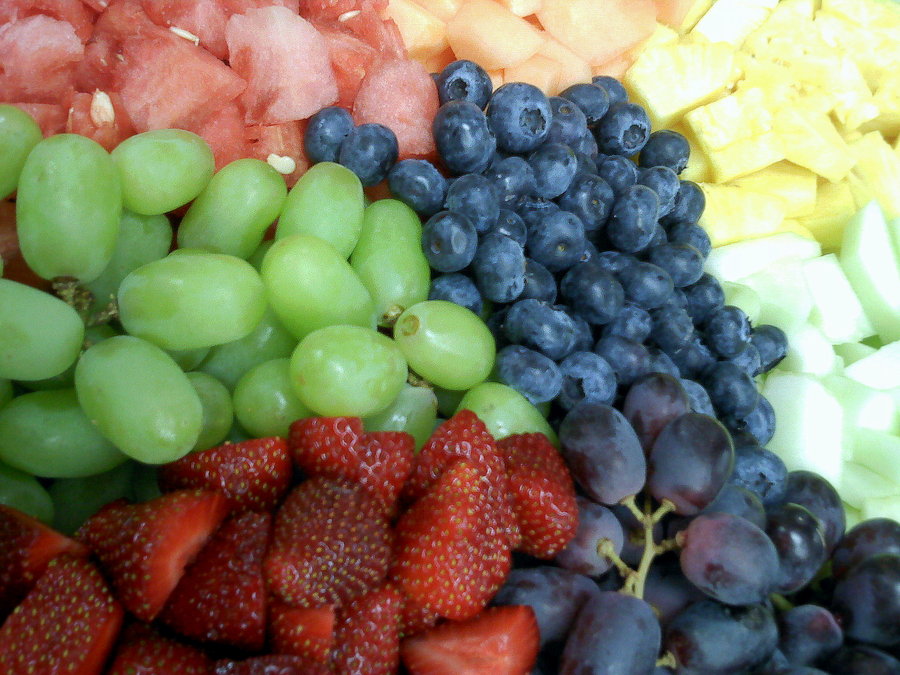
13 Health Foods That Taste Better than Junk Foods
There’s a common misconception that in order to eat healthy you have to sacrifice flavor. But anyone who’s bit into a homegrown tomato or fresh peach knows this isn’t the case.
Most junk foods can only dream of mimicking the flavors found in naturally grown foods. That’s what most artificial (and even natural) flavors are mirrored after, and without them your favorite junk food would taste like the box it came in.
The reason why many people perceive junk foods to be so tasty is a testament to their scientific creators.
July 13, 2015 | Source: Mercola.com | by Dr. Mercola
There’s a common misconception that in order to eat healthy you have to sacrifice flavor. But anyone who’s bit into a homegrown tomato or fresh peach knows this isn’t the case.
Most junk foods can only dream of mimicking the flavors found in naturally grown foods. That’s what most artificial (and even natural) flavors are mirrored after, and without them your favorite junk food would taste like the box it came in.
The reason why many people perceive junk foods to be so tasty is a testament to their scientific creators. And, yes, you could easily compare many junk foods to science experiments.
Junk Foods Are Designed to Lure You In
One of the guiding principles for the processed-food industry is known as “sensory-specific satiety.” In a New York Times article, investigative reporter Michael Moss described this as “the tendency for big, distinct flavors to overwhelm your brain, which responds by depressing your desire to have more.”1
The greatest successes, whether beverages or foods, owe their “craveability” to complex formulas that pique your taste buds just enough, without overwhelming them, thereby overriding your brain’s inclination to say “enough.”
The “flavor” in junk foods often come from sugar, which is more addictive than cocaine, combined with unhealthy fats and highly refined salt, all added in to create addictive food products.
In a Time Magazine interview discussing Moss’ book Salt Sugar Fat, he explained:2
“The optimum amount of sugar in a product became known as the ‘bliss point.’ Food inventors and scientists spend a huge amount of time formulating the perfect amount of sugar that will send us over the moon, and send products flying off the shelves.
…When it came to fat, it was the amazing role of what the industry calls the ‘mouth feel.’ That’s the warm, gooey taste of cheese, or the bite into a crisp fried chicken that you get. It rushes right to the same pleasure centers of the brain that sugar does…
When it comes to salt, what was really staggering to me is that the industry itself is totally hooked on salt. It is this miracle ingredient that solves all of their problems.
There is the flavor burst to the salt itself, but it also serves as a preservative so foods can stay on the shelves for months. It also masks a lot of the off-notes in flavors that are inherent to processed foods.”
The biotech company Senomyx even creates novel flavor-enhancing compounds for the processed-food industry in order to make foods and beverages that taste good while reducing sugar and salt content. The synthetically engineered flavor enhancers work by triggering taste receptors on your tongue, effectively tricking your taste buds into sensing sweetness, saltiness, or “coolness.”
…Natural foods, on the other hand, are simply naturally good. And despite the food industry’s blatant attempts to create synthetic foods that outshine nature, many “health” foods taste better than their science-lab creations. If you need some examples, check out the list below.
